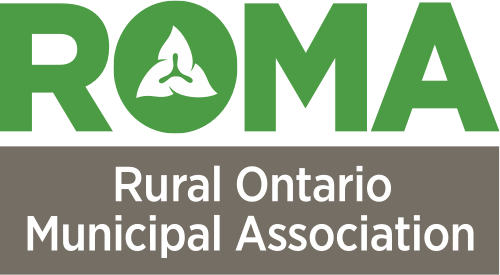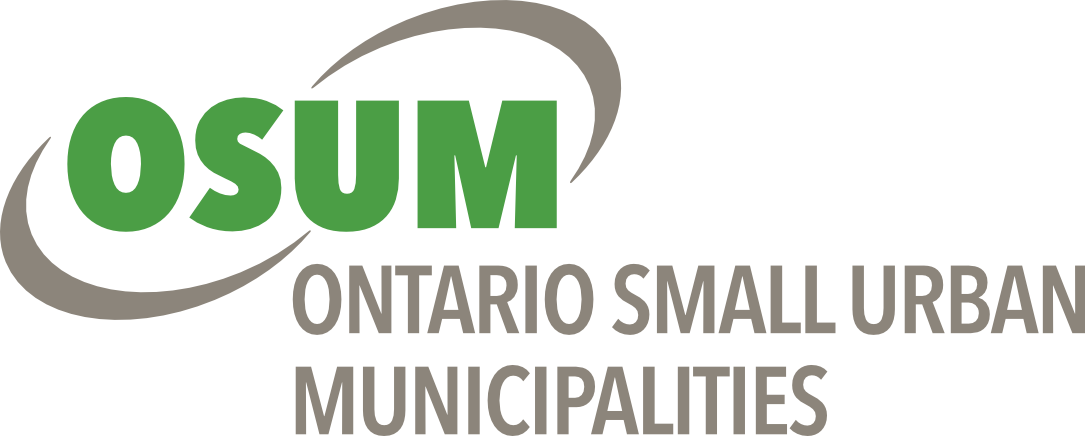The Pollinators - A Superhero Story
By Fernanda Lazzaro, LAS Customer Service Representative
Over the next few months we can expect more sunshine and warmth, longer days and shorter nights, and bugs – many, many bugs. I believe the most crucial of the bug world are the pollinators (and good thing for my arachnophobia, they do not include spiders).
Shelly Candel, Director at Bee City Canada, explains briefly what pollination is: “Pollinators like flies, bees, beetles, wasps, butterflies, moths, and hummingbirds move pollen from one flower to another. Bees are the best pollinators because they have furry little bodies and the pollen granules stick to them. Pollen is the protein part of the pollinator diet, which is especially true for the bees. Pollinators are also looking for nectar, the carbohydrate source, which can be found close to the stigma (production organs of a flower). The pollen that is stuck on the body of the bee brushes against the stigma and the miracle of reproduction begins.”
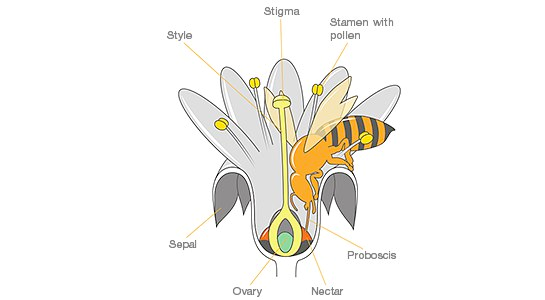
Pollination (Courtesy of BeeCityCanada.org)
Candel goes on to explain that, “almost 90% of all plants on the planet require a pollinator for reproduction. No pollinators, no life. We all depend on plants, for the air we breathe and the food we eat. And also, it's the plants that regulate the temperature of the planet.”
I appreciate that most municipalities are using less pesticides and allowing the natural growth of wildflowers to flourish in our parks and public spaces. After all, the 80s is so passé with the perfectly manicured, golf-like setting. And what about the environmental nightmare that is grass: all that water, plus gas-guzzling lawnmowers spewing pollution into the air, destroying the habitats of ground-dwelling creatures and pollinators.
Candel shares some other bee facts:
- There are over 350 species of bees in the Newmarket area alone (more about Newmarket later)
- 90% of all bees are solitary
- 80% of these solitary bees nest in the ground
- Bumble bees live in colonies consisting of about 50 to 500 bees
- Honey bees live in hives and are usually managed by people; there are about 50,000 bees in one hive
So you see, green is lovely, but summer would not be the same proposition without the various textures and colours, which thrive because of pollinators.
Allow me to suggest an alternative that could encourage more pollinators to visit our public green spaces. Perhaps substitute grass with more low-lying groundcovers like Creeping Thyme and Clover. They could still be walked on, but they would also help to conserve moisture; they would not need as much maintenance; and they would allow various small creatures and bugs to dwell.
Not yet convinced? What if I talk numbers? Candel is able to get me some interesting statistics:
- Mowing costs $1,000.00 per hectare and pollinator restoration costs $1200.00 per hectare per year
- Mowing includes the cost of pulling weeds and watering
- Initial cost for planting native plants will be higher: the first few years requires watering and maintenance (pulling weeds) fees
- Over a three to five year period there would be a savings and costs will diminish
Maybe you are not ready to commit to a large-scale greenspace pollination makeover. The Town of Newmarket is Canada’s 14th Bee City and it has official pollinator gardens scattered throughout the town, along with signage explaining what these gardens do for the environment. One garden in particular is located at Fairy Lake, dedicated to the Bereaved Families of York Region. Each September they have a butterfly release in memory of their children. These smaller gardens still make a positive environmental impact, while giving people a place of comfort.
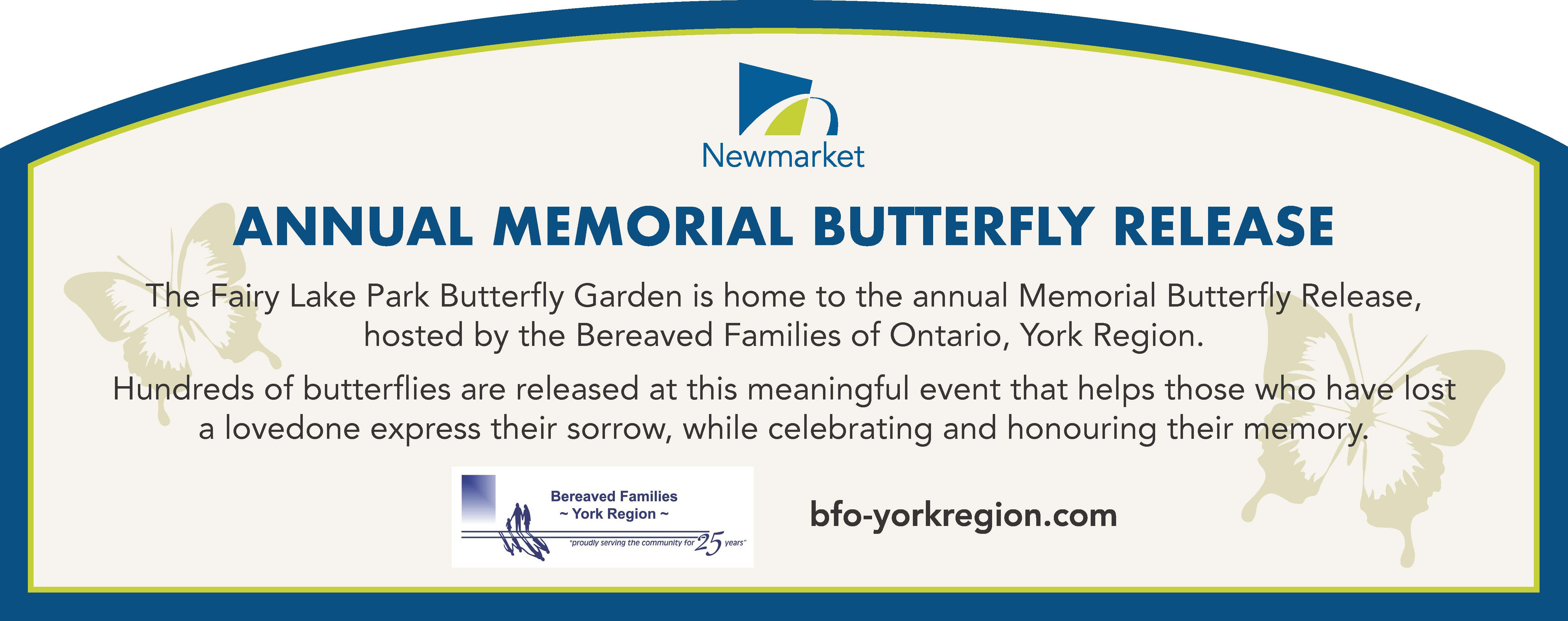
Annual Memorial Butterfly Release (Courtesy of the Town of Newmarket)
Introducing pollination to greenspaces does not have to be a complete revamp, but a matter of choosing certain plants over others when doing regular park maintenance. Ruurd van de Ven, Supervisor in the Forestry Department of the Public Works Services for the Town of Newmarket, says, “We do encourage the planting of trees that attract pollinators. Almost all trees do, but some species such as Linden, Honeylocust, Tulip tree, Northern Catalpa are likely to attract more pollinators, [while] trees such as maples and oaks tend to be wind pollinated.” The Town of Newmarket also has two locations where honey bees have set up their colonies. The town has put up signs to educate people on the importance of these pollinators while warning them “the bees are ‘at work’”.
A properly functioning green space or scattered pollinator gardens create less environmental impact like drought and floods, and introduce more roots from the flowers and trees, thereby helping prevent soil erosion. The balance will enhance the beauty of our public green spaces while inviting more wildlife and pollinators – a perfect circle.
If you are interested in becoming a bee city, please contact Bee City Canada for more information.
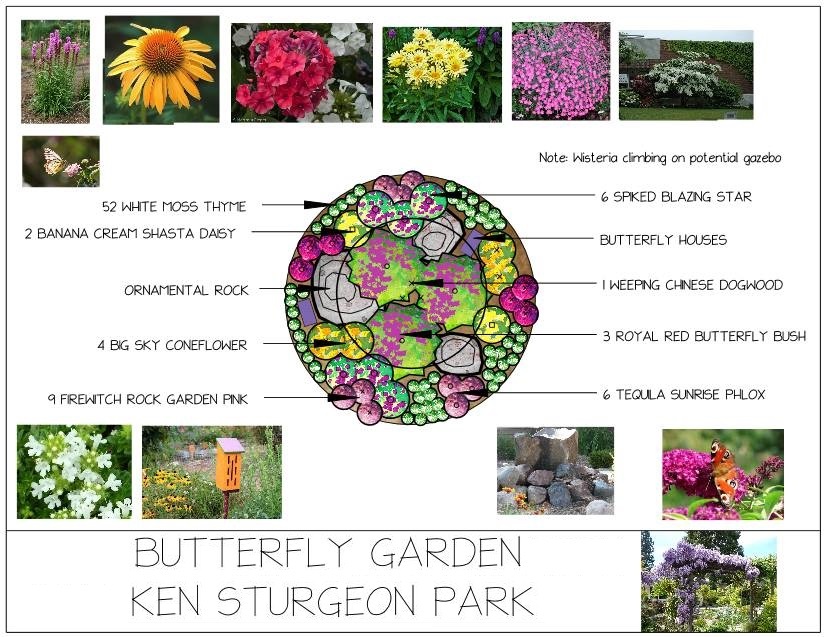
Ken Sturgeon Butterfly Garden (Courtesy of the Town of Newmarket)




